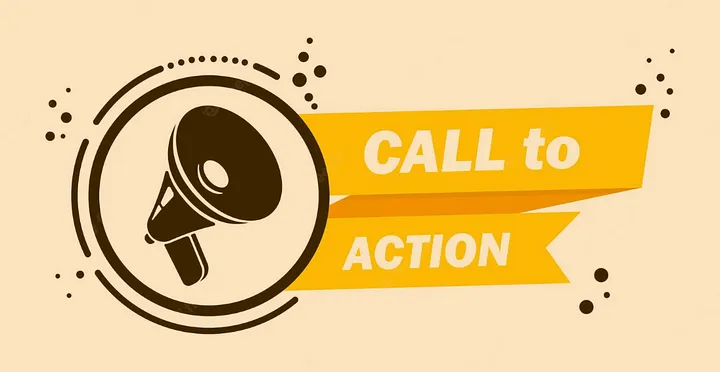Creating an effective SEO title with a strong call to action (CTA) requires balancing keyword optimization with persuasive language to drive engagement and clicks.
A Call to Action (CTA) is a phrase that encourages people to do something specific, like making a purchase or signing up for a service. It helps guide users toward taking an action that benefits your business.
Common CTA Examples:
- “Buy Now” — Tells customers to make a purchase.
- “Shop Now” — Invites people to browse and buy.
- “Sign Up Today” — Encourages users to join or subscribe.
- “Learn More” — Directs users to get more information.
- “Get Started” — Invites people to begin a process, like starting a trial.
CTAs are simple, clear instructions that help motivate people to take action, such as buying or signing up.
I’ve created a ChatGPT prompt for my business, which you can adapt for your website. Simply replace the CTAs with those relevant to your business and insert your specific keywords and calls to action.
Prompt: Write two SEO titles under 59 characters that focus on selling and include a clear call to action. Use words like ‘sale,’ ‘shop,’ ‘order now,’ and ‘buy now.’ Incorporate the main keyword once, and include alternative keywords. Use hyphens as separators, and avoid repetition.
Keywords: “keyword1” “keyword2” “keyword3”
Use my ChatGPT prompt or follow the steps below to create your own after learning how to write an effective CTA.
1. Incorporate Primary Keywords:
- Include your main keyword to ensure the title is optimized for search engines and relevant to what users are searching for. Keywords should be placed early in the title, as search engines prioritize this for ranking.
Example: If your main keyword is “Handmade Kilts,” start the title with it:
- “Handmade Kilts for Sale – Shop Custom Kilts – Order Now”
2. Use Actionable Language:
- Incorporate strong, action-oriented words like “Buy,” “Shop,” “Order,” “Get,” and “Now.” These words create urgency and tell users exactly what to do, increasing click-through rates (CTR).
Example:
- “Buy Handmade Kilts – Shop Now – Order Custom Kilts Today”
3. Create Urgency or Special Offers:
- Adding time-sensitive or special offer language like “Limited Time,” “On Sale,” “Discount,” or “Today” can motivate users to act quickly. This creates a sense of urgency, prompting immediate action.
Example:
- “Kilts on Sale – Shop Now – Limited Time Offer!”
4. Keep It Concise and Under 59 Characters:
- SEO titles should be under 59 characters to ensure they display fully on search engine results pages (SERPs). Keeping it concise also makes it easier for users to quickly understand the message.
Example:
- “Handmade Doublets for Sale — Shop Quality — Order Now”
5. Use Hyphens (or Pipes) for Readability:
- Separating parts of your title with hyphens (or pipes “|”) improves readability and clarity. It helps break down the information into digestible segments.
Example:
- “Kilts for Sale — Buy Custom Kilts — Order Now!”
6. Focus on the User’s Intent:
- Ensure the title speaks to the user’s needs. If a user is searching for something to buy, focus on CTAs like “Shop” or “Order.” If they’re looking for information, use “Learn” or “Discover.”
Example:
- “Discover Handmade Kilts — Shop Authentic Styles Today!”
Conclusion:
To create an SEO title with effective calls to action, combine relevant keywords, actionable language, urgency, and a concise format. The goal is to optimize the title for search engines while making it compelling for users to click.
